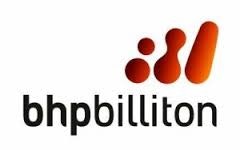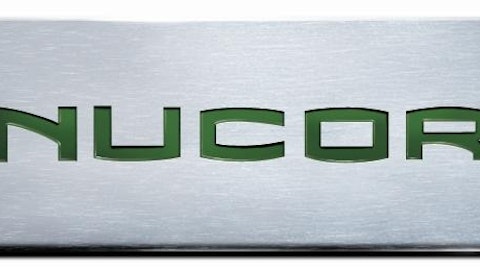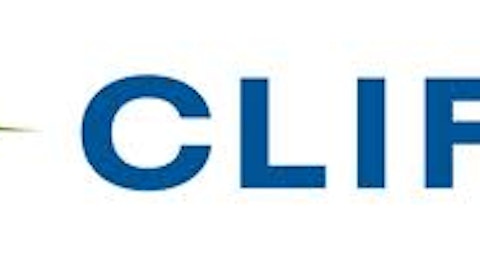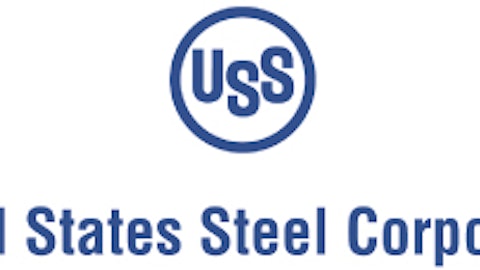Demand from China caused a price spike in steel that simply wasn’t sustainable. As demand comes back to more normal levels, look for the industry to recover. Consider buying diversified BHP Billiton plc (ADR) (NYSE:BBL), innovation specialist Nucor Corporation (NYSE:NUE), and global giant ArcelorMittal (ADR) (NYSE:MT).

Supply and Demand
Commodities are powered by the dynamics of supply and demand. As demand outstrips supply, prices go up. As prices go up, more production comes on line. As supply meets demand, prices come down. As prices come down, expensive mines are closed to reduce supply. And then the process repeats.
Demand from China was the driving force behind skyrocketing demand over the past decade. That allowed mines that would have normally been uneconomic to be brought on line. Now, with demand waning and supply high, the steel industry is suffering. However, this is setting up healthier industry dynamics with solid long-term fundamentals.
Earlier in the year BHP Billiton plc (ADR) (NYSE:BBL) highlighted a key demographic shift around the world: people are moving to cities. Between 1960 and 2010, the percentage of people living in cities increased from 34% to 52%. The company expects that number to increase to 60% by 2030. And the population of the world is growing, too, so there’s a multiplying effect to this transition.
The world’s cities aren’t big enough to house this mass migration from rural to urban locations. That should create a steady underlying demand for steel. Here are three steel companies to consider as supply and demand work toward normalcy:
The Diversified Supplier
BHP Billiton plc (ADR) (NYSE:BBL) is a massive miner, with operations around the world. That said, it has been streamlining its business around iron ore (used to make steel), petroleum, copper, and coal. It has also been working on increasing efficiency. And, with low-cost mines and long reserve lives, the company is in good position to benefit as pricing normalizes.
Getting more out of the same resources, however, is an important push. For example, by optimizing conveyor belt systems it can increase throughput by around 10%. That means it can pull out and deliver 10% more of a given natural resource without making massive investments in new mines. The company believes there are small enhancements like this throughout its properties.
BHP Billiton plc (ADR) (NYSE:BBL) has continued to invest in its future, using peak earning years to buy assets while it had the money. That’s kept the top-line on a general upward climb over the past decade despite pricing weakness. The bottom-line, however, has been far more volatile, not uncommon for a commodity driven company. Dividends, meanwhile, have been increased annually for a decade.
The ADRs yield around 3.9%, which should interest investors looking for a miner with good assets and a history of returning value to shareholders. And long-term debt only makes up about 25% of the capital structure.
The Domestic Innovator
Nucor Corporation (NYSE:NUE) has an impressive history of innovation which has led to highly efficient steel mills. That said, the company’s main market is the United States and the housing bust had a big impact on performance, driving the top line down by more than 50% between 2008 and 2009. Sales picked up for a few years, but now appear to be heading lower again, though not as dramatically as during the recession.
Prior to the recession, Nucor Corporation (NYSE:NUE) shares traded hands in the $80 range, today they are in the mid $40s. The dividend yield is around 3.1%. The annual disbursement, however, has been increased regularly. Debt, meanwhile, is low at about 30% of the capital structure. Although the company’s fortunes are tied to the U.S. economy, it’s more than strong enough to survive the inevitable soft patches.
International Steel Giant
Industry giant ArcelorMittal (ADR) (NYSE:MT), meanwhile, saw its top line fall some $10 billion between 2011 and 2012. With high fixed costs, earnings plummeted from about $1.20 a share to a loss of $2.40. This year hasn’t seen much of an improvement.
That said, the company is somewhat unique in that it supplies a lot of its own raw materials, including iron ore, coal, and coke. That allows the company to control costs to a degree that many of its competitors can’t. Moreover, the globally diversified steel maker has notable exposure to emerging markets, which should allow it to benefit as those higher growth regions start building again. And it is a major supplier to key industries like the autos, which are currently in a recovery phase.
Debt only makes up about 30% of the capital structure, it yields around 5%, and its price to book value ratio is about half of its five-year average. When the steel market recovers, this giant has plenty of upside potential and will probably start to move earlier than competitors focused on mature markets.
A Shifting Industry
Supply and demand are powerful forces and they almost always work to an equilibrium over time. The steel industry has been knocked out of balance and it’s trying to get back to normal. BHP, Nucor Corporation (NYSE:NUE), and ArcelorMittal (ADR) (NYSE:MT) all have the staying power to survive that process and the ability to prosper once supply and demand are in sync again.
Reuben Brewer has no position in any stocks mentioned. The Motley Fool recommends Nucor. The Motley Fool owns shares of ArcelorMittal. Reuben is a member of The Motley Fool Blog Network — entries represent the personal opinion of the blogger and are not formally edited.
The article Three Steel Buys for the Industry’s Inevitable Rebalancing originally appeared on Fool.com is written by Reuben Brewer.
Copyright © 1995 – 2013 The Motley Fool, LLC. All rights reserved. The Motley Fool has a disclosure policy.




